Cost of Capital Estimation: Evaluating Methods and Best Practices
VerifiedAdded on 2023/06/03
|6
|511
|132
Report
AI Summary
This report examines the estimation of the cost of capital, a critical component in finance and valuation, focusing on the formula (Weight of Debt * Cost of Debt + Weight of Equity * Cost of Equity). It analyzes survey responses regarding the use of Discounted Cash Flow (DCF) techniques for evaluating investment opportunities, the determination of target weights, and the application of the Cost of Equity model. The research incorporates historical data to determine beta and risk-free rates, utilizing the Capital Asset Pricing Model (CAPM). The methodology includes an evaluation of the company's beta by incorporating S&P Index and Stock Index data. Survey findings reveal that DCF is a prominent technique for investment evaluation, with the Weighted Average Cost of Capital (WACC) as the appropriate discount rate. The report emphasizes using market values for debt and equity weights to reflect economic reality, summarizing the application of different components of the Cost of Capital method.
1 out of 6
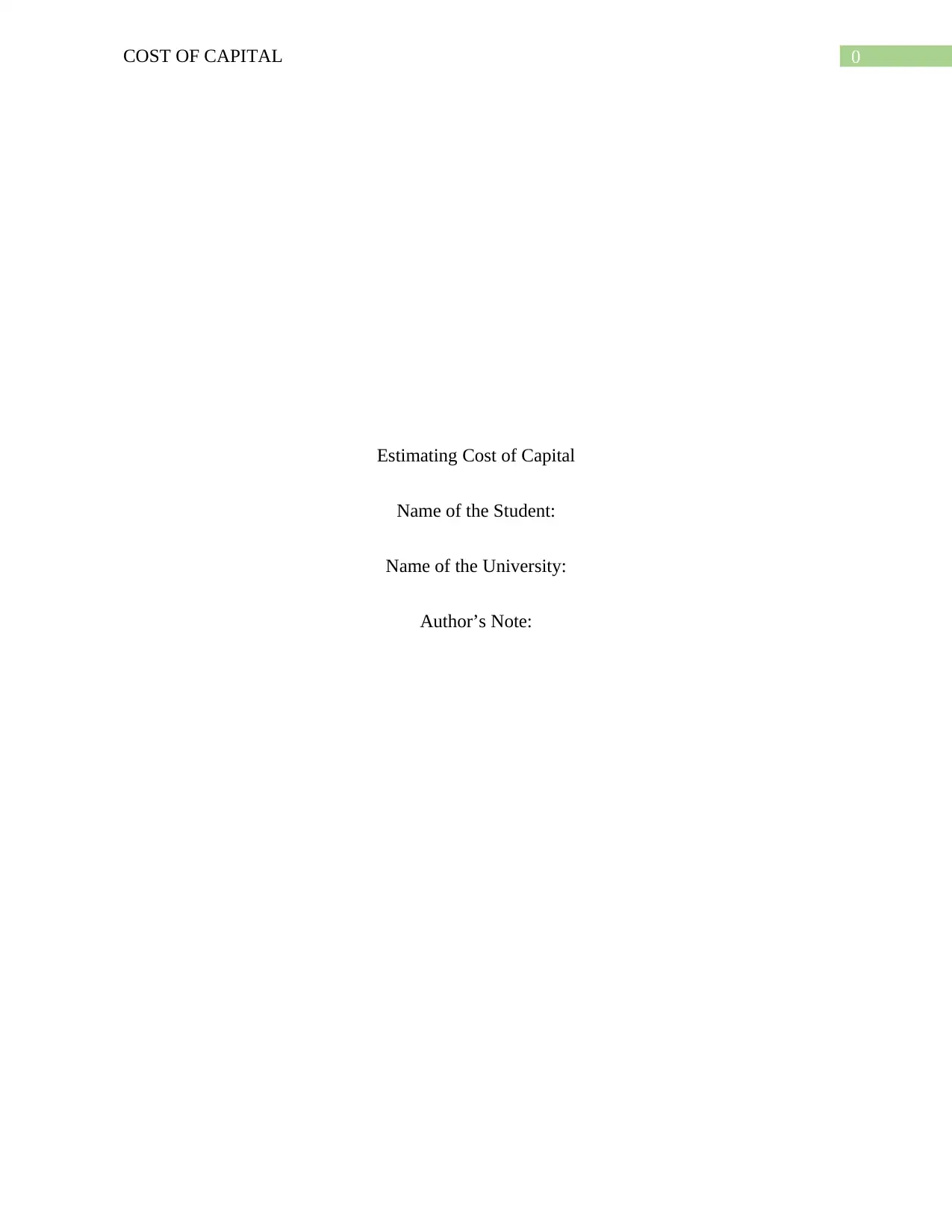
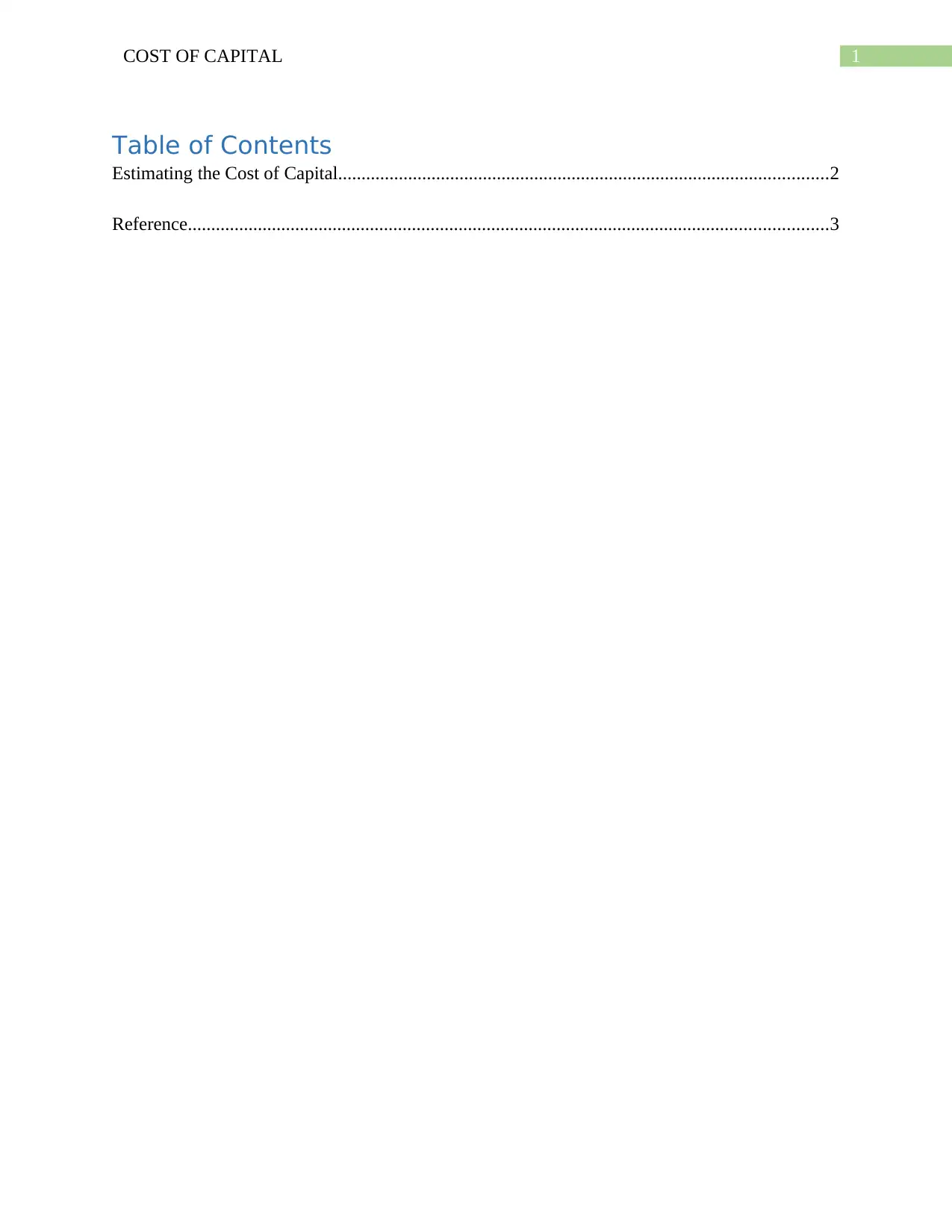
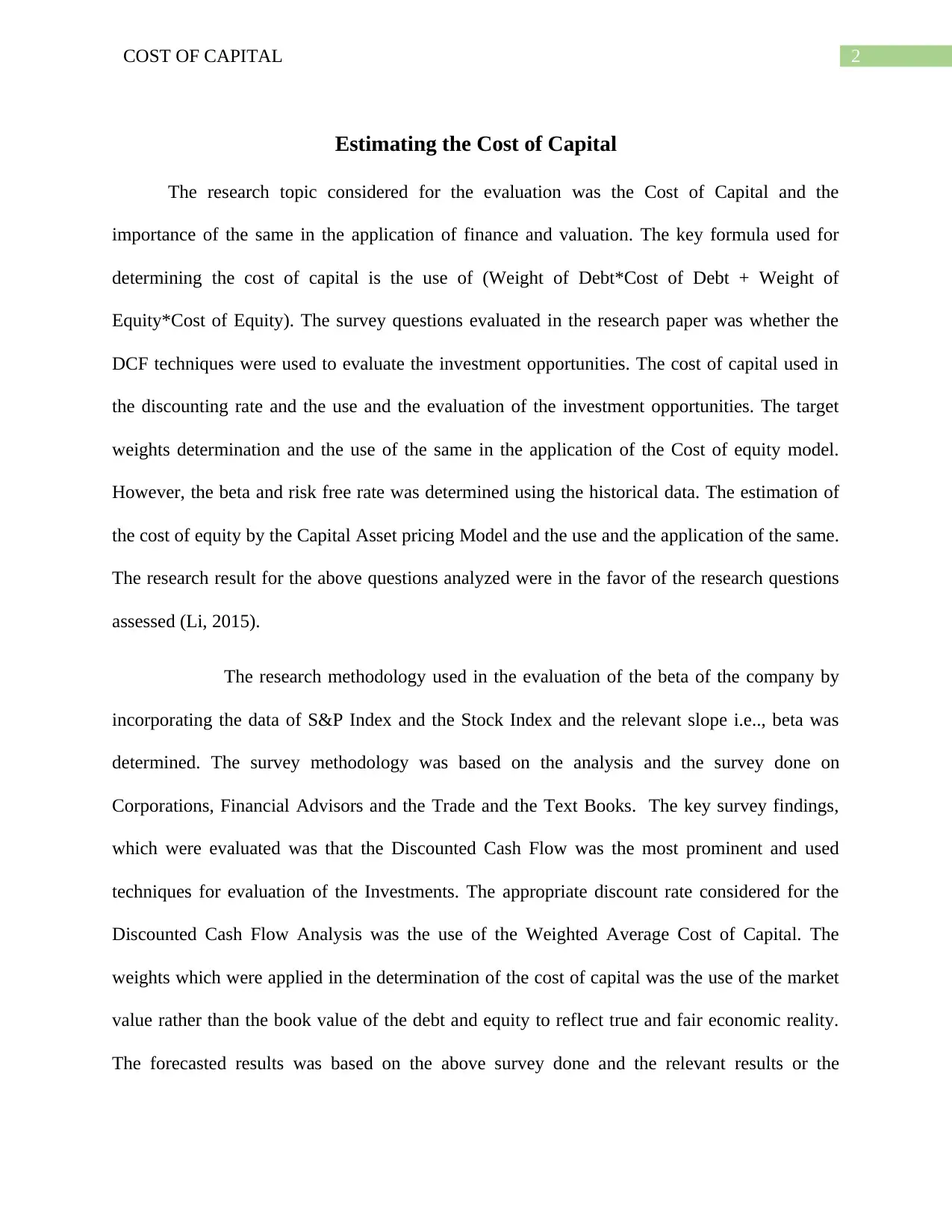

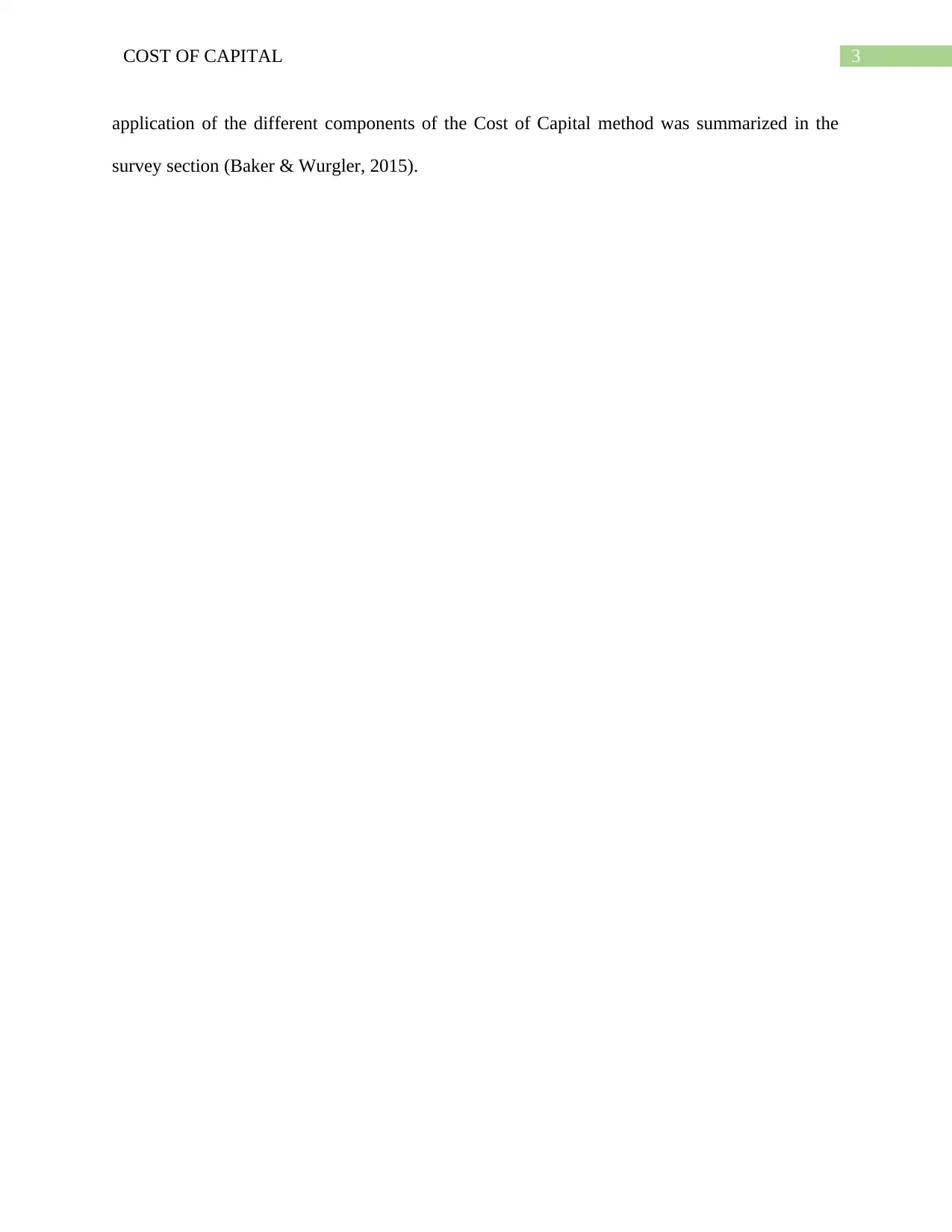
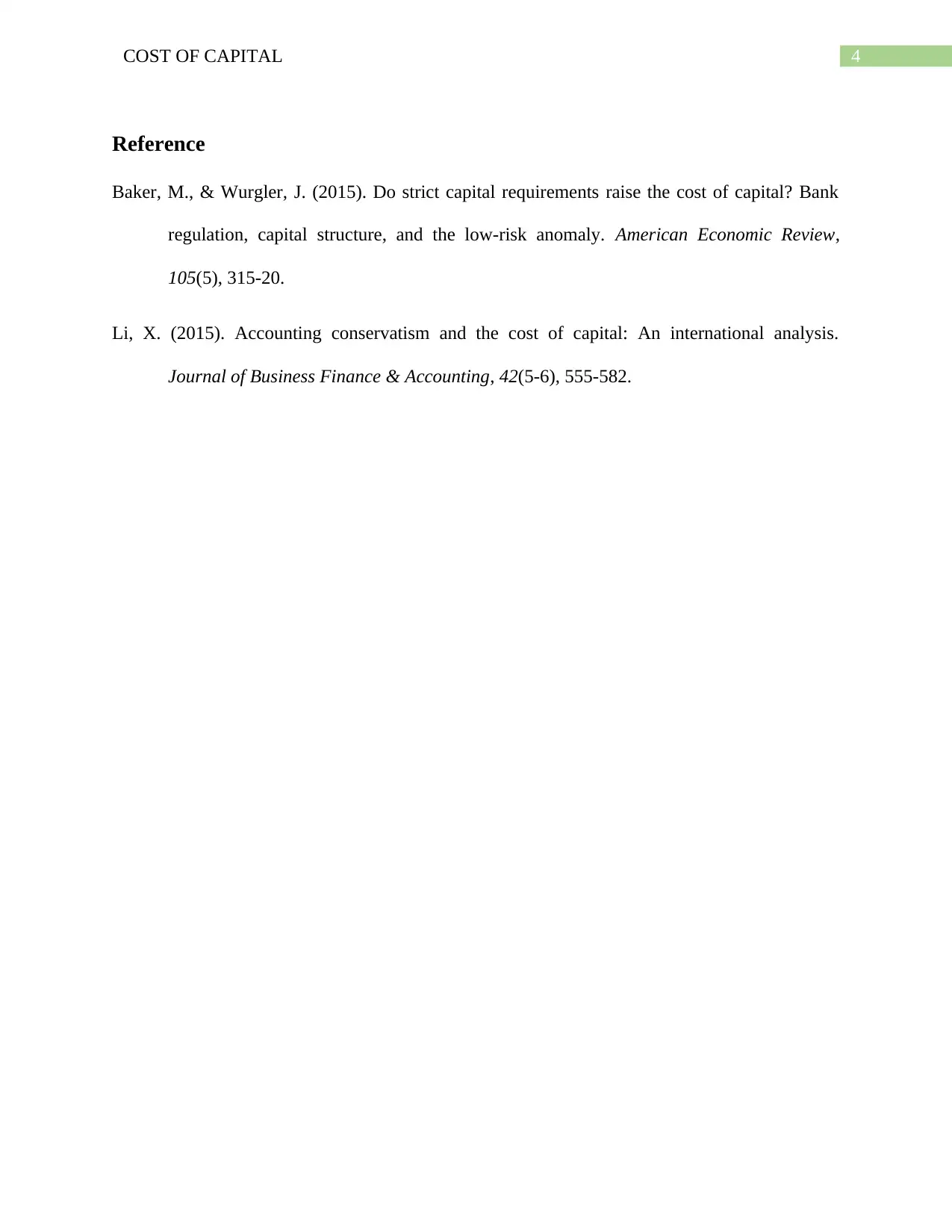
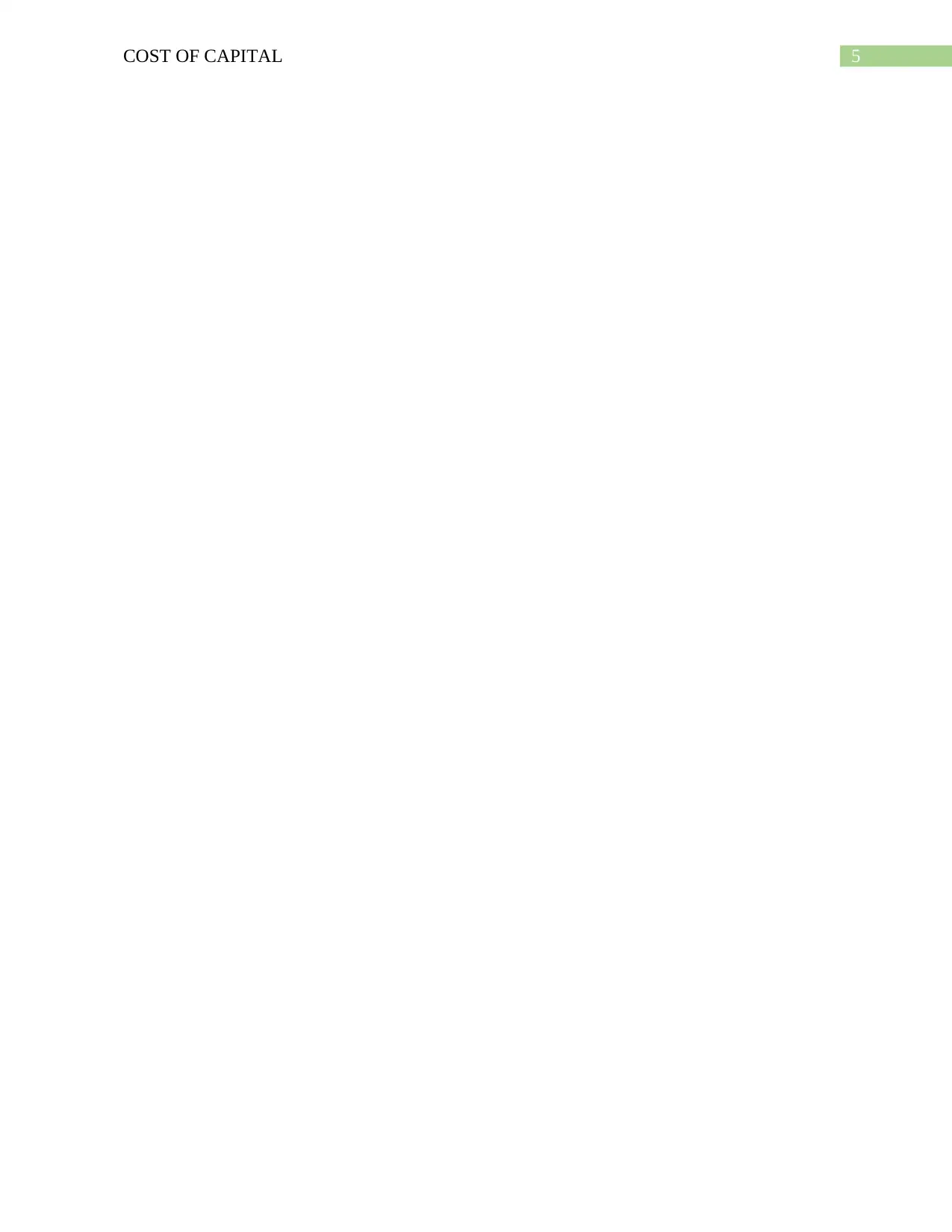






![[object Object]](/_next/static/media/star-bottom.7253800d.svg)